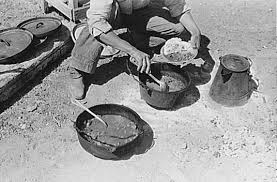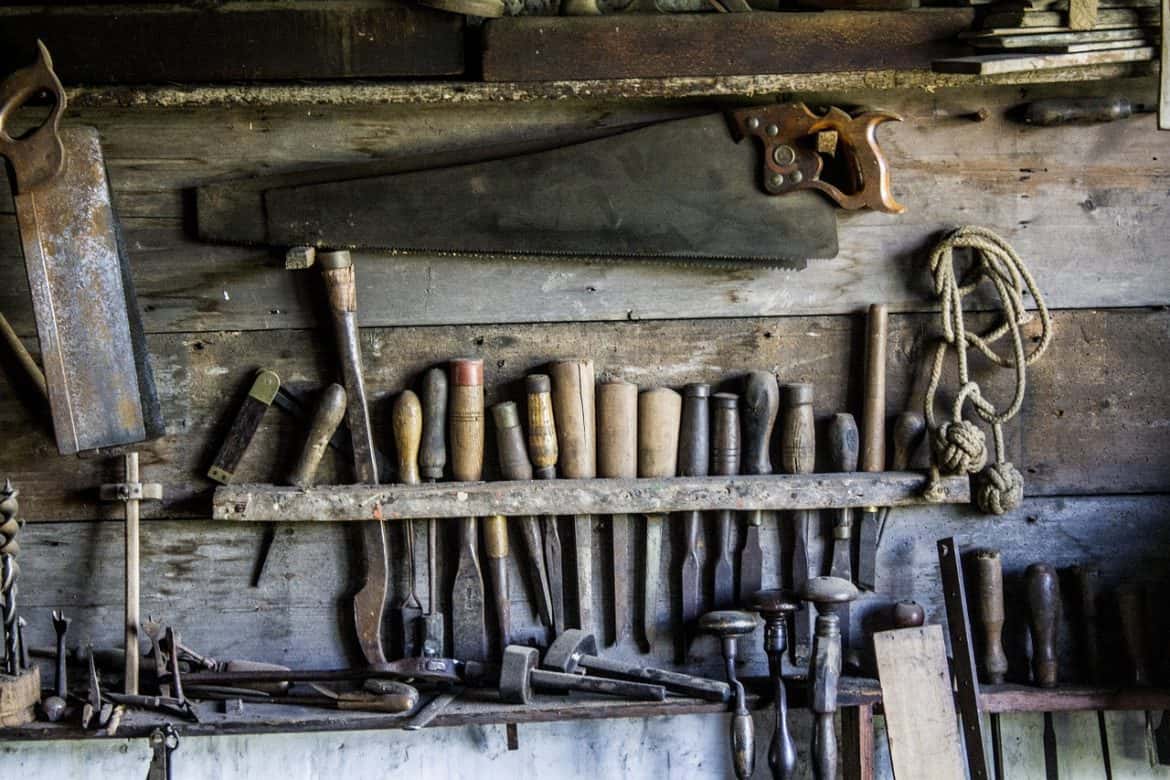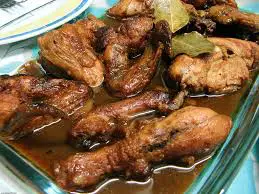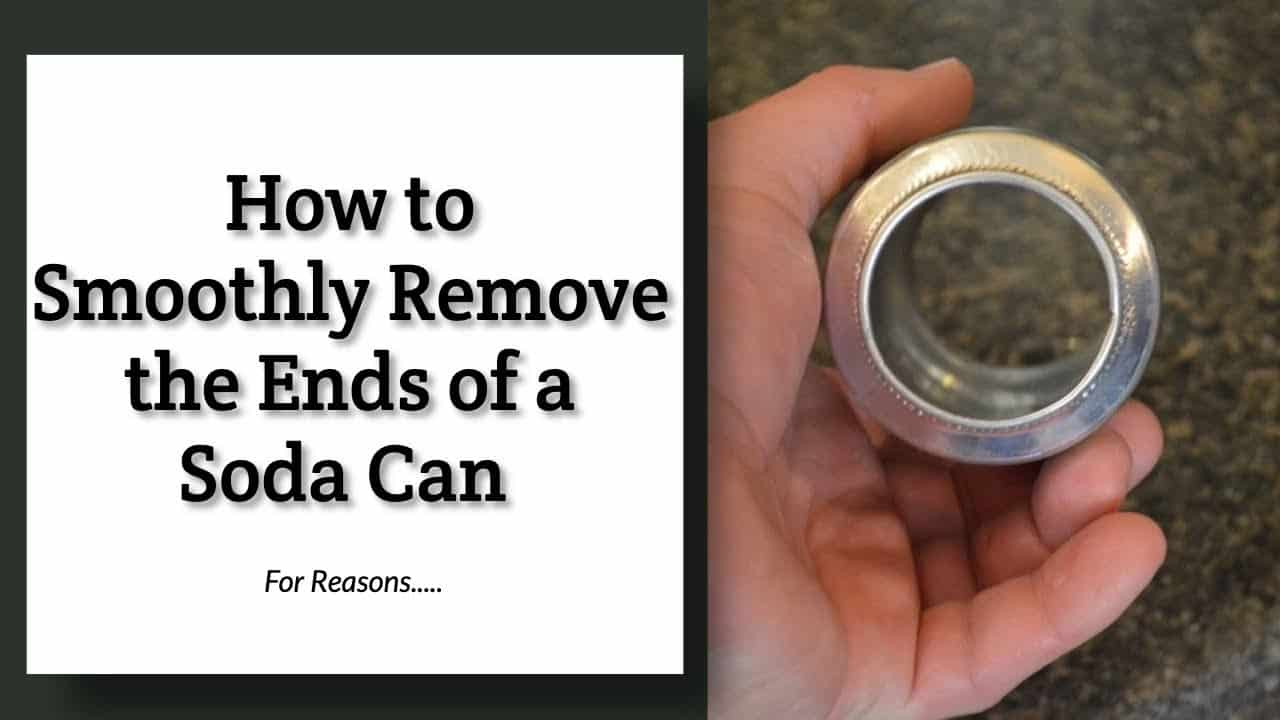If you are a prepper then a Dutch Oven is a must have item. The dutch oven tips in this article make it versatile enough that you can use it cook anything you cook in a regular oven. You can make pies, bread, stew, roasts outdoors using hot charcoal instead of inside using a traditional […]
Year: 2016
Rustic Carpentry
With an introduction by master craftsman Ralph Kylloe, this manual on rustic carpentry is a superb resource for woodworkers, furniture makers, and carpenters of all skill levels. Here are clear and concise instructions for creating beautiful pieces with unfinished timber, utilizing the unique texture and shape of tree branches, trunks, and shrubs. In addition, rustic […]
Recipe Chicken with Vinegar
Today’s recipe of cooking chicken with vinegar is a pretty basic cooking skill. This of method cooking meat “Adobo” is a cultural cooking process from the Philippines, where meat is marinated in vinegar, browned, and then simmered in the marinade. This process is worthwhile for preppers, homesteaders, or outdoorsmen to know because leftovers keep well […]
Mask of Command
In The Mask of Command, John Keegan asks us to consider questions that are seldom asked: What is the definition of leadership? What makes a great military leader? Why is it that men, indeed sometimes entire nations, follow a single leader, often to victory, but with equal dedication also to defeat? Dozens of names come […]





